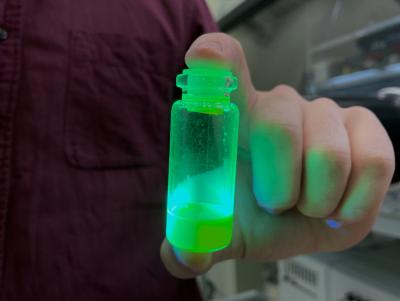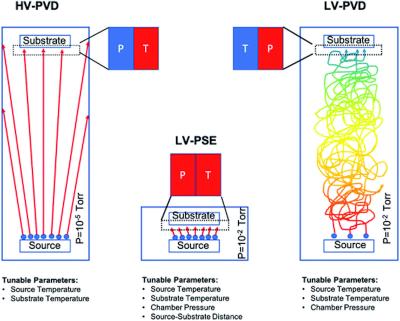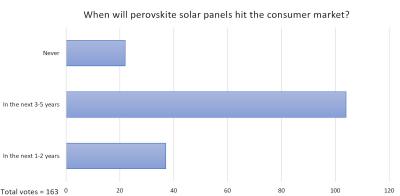Correlated electrons ‘tango’ in a perovskite oxide at the extreme quantum limit
A team of researchers from Oak Ridge National Laboratory, Florida State University, Argonne National Laboratory, University of Pittsburgh, Pittsburgh Quantum Institute and Sungkyunkwan University has found a rare quantum material in which electrons move in coordinated ways, essentially 'dancing.'
Straining the material creates an electronic band structure that sets the stage for exotic, more tightly correlated behavior ' similar to tangoing ' among Dirac electrons, which are especially mobile electric charge carriers that may someday enable faster transistors.




